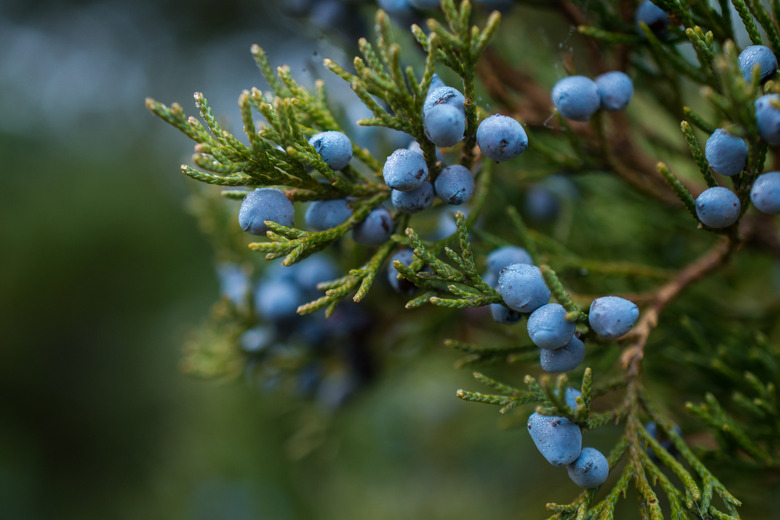Difference Between A Juniper, Pine, And An Arborvitae
Junipers, pines and arborvitaes belong the gymnosperm division of the plant kingdom, meaning that they produce seeds exposed to the air in cones rather than enclosed inside a flower. All three plants are evergreen and commonly used in landscapes. However, beyond these basic similarities, junipers, pines and arborvitaes have distinct differences that affect how you use them in your landscape.
Landscape Evergreen Classification
Landscape Evergreen Classification
The names juniper and pine refer to two plant genera, or groupings of species, called Juniperus and Pinus, respectively. This means that multiple species of landscape plants fall under the classifications of juniper and pine. These species can look very different from each other. There are 50 to 67 species of juniper across the northern hemisphere.
Arborvitae also include numerous species, such as American arborvitae (Thuja occidentalis, USDA zones 2-7) and Japanese arborvitae (Thuja standishii, zones 5-7), Although many cultivars of arborvitae provide a diverse array of landscape plants, they all share basic features in common.
Juniper, Pine, and Arborvitae Foliage
Juniper, Pine, and Arborvitae Foliage
The juniper genus and the arborvitae both belong to the cypress family and resemble each other in some ways. Unlike most evergreens, which produce needle-like foliage, junipers and arborvitae have tiny, overlapping leaves that resemble scales. Junipers may also present small, very sharp needles in addition to their scale-like foliage.
Pines, on the other hand, develop the needle-like foliage of the typical evergreen. On pines, needles arise from the stem in clumps of two or more, distinguishing them from other evergreens, where needles arise singly.
About Tree Size
About Tree Size
All three plants vary in size depending on species and cultivar, with shrubby forms as well as full-sized trees. Pines tend to grow as trees, with species like the eastern white pine (Pinus strobus, zones 3-8) exceeding heights of 80 feet if allowed to reach full maturity. Among the smallest types of pine is the Siberian dwarf pine (Pinus pumila 'Dwarf Blue,' zones 4-7), reaching only 2 to 3 feet at maturity, while the tallest is the Ponderosa pine (Pinus ponderosa, zones 3-7), growing to a potential mature height of 125 feet. Arborvitae also grows as a tree, reaching heights of about 40 to 70 feet, depending on species.
Junipers, on the other hand, tend to grow in low, shrubby forms, often acting as a groundcover. The Eastern red cedar (Juniperus virginiana, zones 2-9) is one exception to this, attaining a height of about 40 feet in the wild.
Landscape Use and Care
Landscape Use and Care
An extensive variety of cultivars give gardeners a range of shapes and sizes to choose from when selecting junipers and arborvitaes, giving these plants a lot of flexibility in the landscape. Junipers, for example, often function as groundcovers or as shrubs. The dense growth habit of arborvitaes makes them a natural choice for screens and hedges. In addition, arborvitaes grow quite quickly, which is another boon to home gardeners.
Pines, on the other hand, because of their size, tend to serve as accent plants. Their size and evergreen foliage also makes them a good choice when building a windbreak.
All three types of trees prefer full sun and fertile, well-drained soil, although species and cultivars exist that can tolerate dry or poor soils. Arborvitaes notably grow well on both alkaline and acidic soils. None of the trees requires heavy pruning or maintenance once established.
